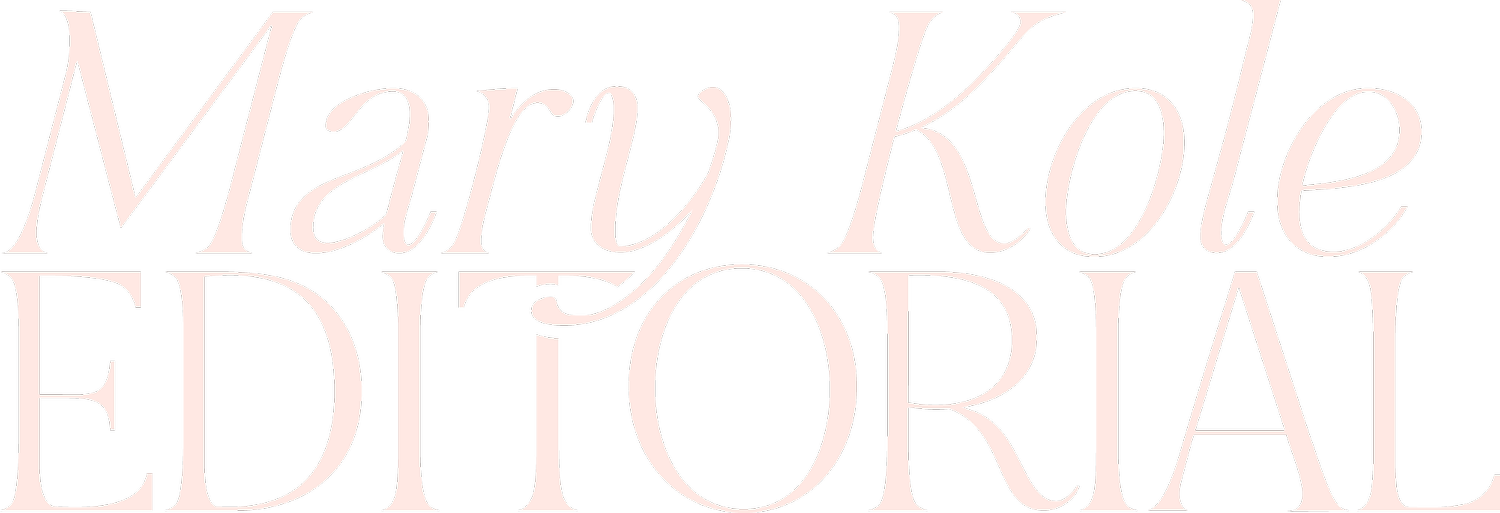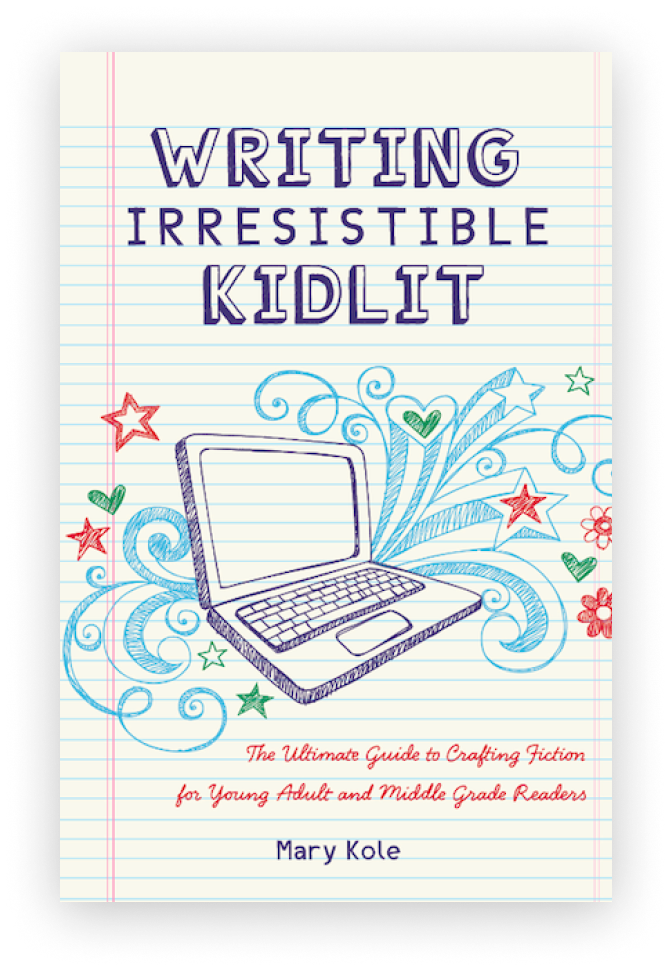How to Write a Nonfiction Book
By Mary Kole
Mary Kole is a former literary agent, freelance editor, writing teacher, author of Writing Irresistible Kidlit, and IP developer for major publishers, with over a decade in the publishing industry.
Learning how to write a nonfiction book can be a daunting task, but it doesn't have to stop you from realizing your writing dreams. With the right guidance and tips, anyone can learn how to write a nonfiction book that will resonate with readers, literary agents, and publishers. Read on to find out more.
Four Considerations for How to Write a Nonfiction Book
When it comes to learning how to write a nonfiction book, there are four golden rules to keep in mind:
make sure everything is factually accurate,
play with narrative techniques,
follow the reader connection,
and write to a specific audience.
It is also important to avoid common mistakes such as using passive voice instead of active voice and trying for smart words or an overly academic tone instead of simply sharing the information you’ve collected in an engaging way. The secret of how to write a nonfiction book is using an approachable, simple, and concise writing style that’s appropriate for your target readership, even if your nonfiction has a more technical or niche edge.
To plan your nonfiction book, start by getting clear on what you want to achieve with your book. Consider your audience, are you writing a nonfiction picture book or a textbook? Are you writing self-help or a piece of thought leadership for corporate managers? Then, understand the subgenre of nonfiction you’re going to write and read comparative titles to help you figure out the plot structure of your book. Draft an outline and then learn how to write a book proposal, as most nonfiction is sold with this pitch document and a few sample chapters. (The Weekend Book Proposal by Ryan Van Cleave is a great resource!)
What Qualifications Do I Need to Learn How to Write a Nonfiction Book?
Anyone can learn how to write a nonfiction book, regardless of their educational background. It does help if you have some professional experience with your chosen topic, especially if you are approaching a specialized or advanced audience. But you never know whether there will be a hunger for your take on a nonfiction topic until you try. Don’t lock yourself out of a potential book deal because you believe you’re not qualified (unless, of course, you are trying to write for an expert audience, where the expectation is that you’re also an expert).
And since you’re learning how to write a nonfiction book using a book proposal, you can also forge ahead confidently, knowing that you can pitch around the framework for a concept but not necessarily write a complete manuscript. This will allow you to develop multiple nonfiction book ideas without investing years of your life in drafting them all to completion, unless you have interest from a literary agent or publishing house. Writing nonfiction is all about working smarter, not harder!
For those eagle-eyed readers who are wondering just what kind of editor would write an article with the clunky phrasing of “how to write a nonfiction book” over and over on her website, I applaud you for noticing that this reads awkwardly. Please note that I picked this keyword phrase on purpose, as part of my SEO (search engine optimization) strategy. If you’re curious about writer marketing techniques, check out Good Story Marketing. This post contains affiliate links.

Click here to purchase Writing Irresistible Kidlit, my book on fiction craft for MG and YA novels, out from Writer's Digest Books. This will show you my writing craft philosophy and give you lots of valuable advice, including tips for the novel revision process and self-editing. There are over 35 example novels cited and discussed throughout. It’s a valuable resource for any writer’s toolkit.
Click here to purchase Irresistible Query Letters, my book on query letters, including over forty examples with comprehensive notes on each one. There’s a ton of submission advice, best practices, and insider information in these pages, and you’ll really enjoy seeing what other writers are doing in the slush.
Click here to purchase Writing Interiority: Crafting Irresistible Characters, my book on interiority and character creation. Explore your protagonist’s thoughts, feelings, reactions and interpretations, expectations, and inner struggles to create a rich, immersive experience. This guide will empower you to create characters who live and breathe on the page, fostering an unbreakable bond with your audience.





